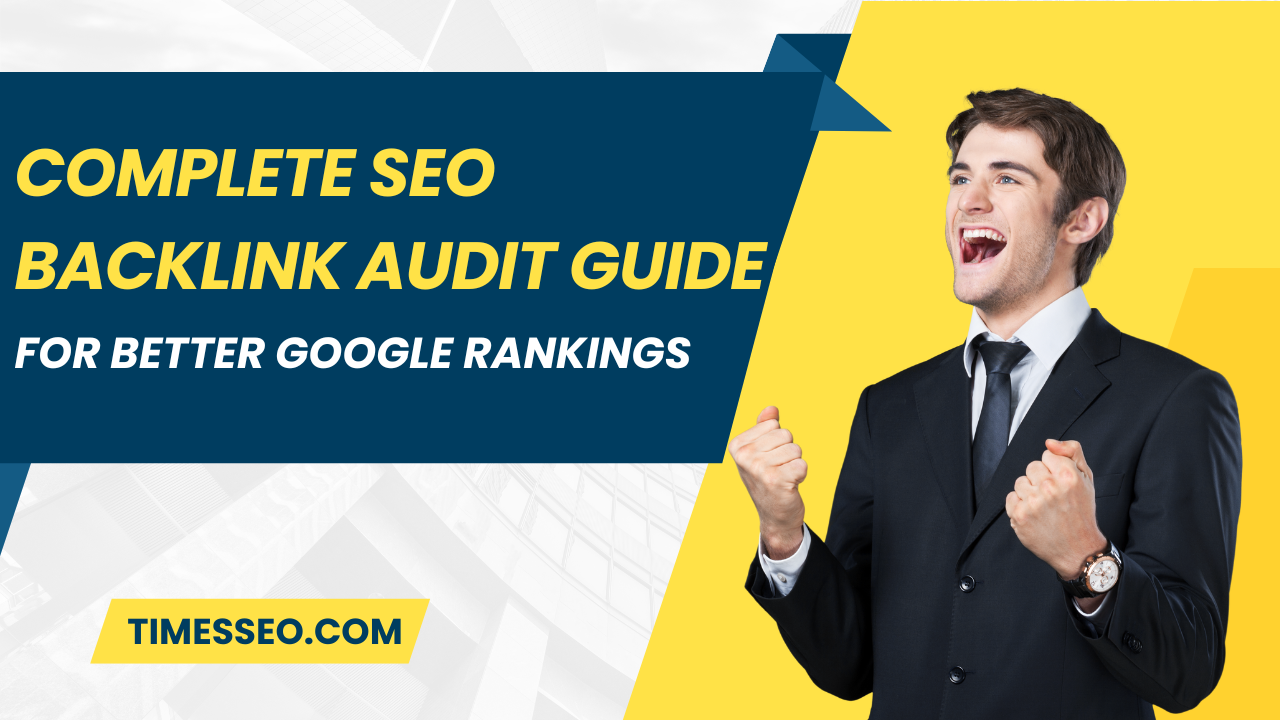
SEO Success Starts with Smart Keyword Gap Analysis
Utilize astute keyword gap research to unleash the full potential of your website. This blog post explains how to identify the keywords your competitors rank for—but you don’t—and how to turn those missed opportunities into real SEO growth. Perfect for marketers, bloggers, and business owners looking to boost visibility and stay ahead of the competition.
Table of Contents
Introduction
Ever feel like your competitors are outranking you for all the right keywords? That’s probably because they’re using smart strategies—like keyword gap analysis. If you’re just chasing high-volume keywords without checking where you’re falling behind, you’re missing the full picture.
Keyword gap analysis is your SEO detective tool. It shows you the precise searches that your rivals rank for, but you don’t. That’s like getting a sneak peek into their playbook… and using it to beat them at their own game.
Understanding Keyword Gap Analysis
Definition and Core Concept
The technique of comparing your keyword ranks to those of your rivals in order to identify untapped keyword opportunities is known as keyword gap analysis. It’s not just about what you rank for—it’s about what you should rank for.
How It Differs from Keyword Research
While traditional keyword research finds new keywords from scratch, gap analysis finds what you’re missing based on real-world performance.
Competitor-Based Keyword Insight
The magic happens when you stack your site’s keyword data against competitors and identify what’s working for them—and not for you.
Why Keyword Gap Analysis Matters
Identify Missed Opportunities
These are keywords with potential traffic and conversions that you’re not currently targeting.
Prioritize High-Intent Keywords
Gap analysis reveals which competitor keywords drive purchase-ready traffic, helping you prioritize content that converts.
Stay Ahead of the Competition
You’re lagging behind if you’re not keeping an eye on what your rivals are ranking for. Gap analysis keeps you in the race.
Tools to Perform Keyword Gap Analysis
SEMrush
Powerful side-by-side comparisons of multiple competitor sites. Super user-friendly.
Ahrefs
Dig deep into your domain vs. competitors and export data for detailed filtering.
Moz
Great for beginners. Gives clear visual comparisons of keyword overlaps.
Google Search Console (Manual Way)
Compare your queries and impressions with known competitors manually—free, but takes more effort.
Step-by-Step Keyword Gap Analysis Process
Step 1: Identify Your Competitors
Choose 2–3 direct competitors—businesses ranking higher for your target keywords.
Step 2: Collect Competitor Keyword Data
Use tools like Ahrefs or SEMrush to export their ranking keywords.
Step 3: Compare Your Website’s Keyword Profile
Overlap your keyword data with theirs and highlight what’s missing.
Step 4: Filter for Relevant and High-Value Keywords
Focus on search intent, monthly volume, difficulty, and relevance to your services.
Step 5: Build Content Strategy Around Gaps
Use these keywords to build blog posts, landing pages, or optimize existing pages.
Types of Keyword Gaps
Missing Keywords
Keywords your competitors rank for, but you don’t.
Weak Ranking Keywords
Keywords where you rank lower than competitors—room for improvement.
Untapped Long-Tail Keywords
Low-volume, low-competition gems that your competitors use for laser-targeted traffic.
Smart Ways to Use Keyword Gap Data
Create New Blog Content
Build blogs around topics your audience is already searching—and your competitors are capitalizing on.
Optimize Existing Pages
Update content with new keywords to close ranking gaps and enhance relevance.
Build Better PPC Campaigns
Use the keyword gap list to fine-tune your paid ads for better ROI.
Expand into Related Niches
Found a keyword about a service or topic you don’t yet cover? It’s your growth opportunity.
Real-World Example of Keyword Gap Success
A mid-sized SaaS company found over 300 missed keywords using SEMrush. By building just 12 targeted blog posts based on that data, they increased organic traffic by 47% and saw a 22% jump in lead conversions within 4 months.
Advanced Tips for Mastering Keyword Gaps
Focus on User Intent
Don’t just go after keywords—make sure you know why people are searching them.
Segment Keywords by Funnel Stage
Top (awareness), middle (consideration), and bottom (conversion) funnel content = better targeting.
Use Topic Clustering with Gap Keywords
Organize your content around clusters with pillar pages + related topics to boost authority.
Common Mistakes to Avoid
Copying Without Context
Failure results from mindlessly replicating competition keywords without considering your target audience.
Ignoring Intent
Ranking for the wrong intent (e.g., informational when you want transactional) can kill conversions.
Focusing Only on High-Volume Keywords
Low-volume keywords often bring the highest ROI—don’t ignore them!
Keyword Gap Analysis for Local SEO
Local Competitor Tracking
Identify local businesses outranking you and analyze their local keyword profiles.
Hyperlocal Keyword Opportunities
Look for geo-modified or “near me” terms they’re ranking for—and you’re not.
How Often Should You Run Keyword Gap Analysis?
Every 1–3 months is ideal. But always run it:
- Before launching new content
- When starting a PPC campaign
- After algorithm updates
- When entering a new niche
Integrating Keyword Gap Findings into Your SEO Strategy
Align new keyword targets with your content calendar, update landing pages, and tweak metadata. Use your findings to optimize internal links and topic clusters.
Conclusion
Keyword gap analysis is like finding a treasure map to SEO success. It clearly identifies your areas of weakness and strength. Whether you’re a blogger, local business, or eCommerce site, smart keyword gap analysis keeps you one step ahead of your competition.
Frequently Asked Questions
Keyword research finds new keywords; gap analysis finds missed or underused keywords by comparing with competitors.
SEMrush, Ahrefs, and Moz are excellent. Google Search Console can help manually.
Absolutely. It reveals content gaps and gives you data-backed ideas for blog posts and landing pages.
Yes! Even small businesses can uncover missed opportunities and improve local SEO.
Check its search volume, relevance, keyword difficulty, and intent. If it aligns with your goals, go for it!
Table of Contents
Popular Posts
-
 Affordable Technical SEO Audit for Small Business: A Complete Guide26 Jun 2025 Blog
Affordable Technical SEO Audit for Small Business: A Complete Guide26 Jun 2025 Blog -
 How to Get an Affordable Technical SEO Audit for Small Business27 Jun 2025 Blog
How to Get an Affordable Technical SEO Audit for Small Business27 Jun 2025 Blog -
 The Ultimate Local SEO Audit Checklist for Startups28 Jun 2025 Blog
The Ultimate Local SEO Audit Checklist for Startups28 Jun 2025 Blog -
 Local SEO Audit Checklist for Startups: A Beginner’s Guide28 Jun 2025 Blog
Local SEO Audit Checklist for Startups: A Beginner’s Guide28 Jun 2025 Blog -
 Top On-Page SEO Audit Steps for Service Websites Every Business Should Know29 Jun 2025 Blog
Top On-Page SEO Audit Steps for Service Websites Every Business Should Know29 Jun 2025 Blog -
 Technical SEO for WordPress: The Ultimate Beginner’s Guide01 Jul 2025 Blog
Technical SEO for WordPress: The Ultimate Beginner’s Guide01 Jul 2025 Blog -
 The Impact of On-Page SEO Audit Steps for Service Websites on UX01 Jul 2025 Blog
The Impact of On-Page SEO Audit Steps for Service Websites on UX01 Jul 2025 Blog -
 Technical Mobile SEO Audit Tips for Developers02 Jul 2025 Blog
Technical Mobile SEO Audit Tips for Developers02 Jul 2025 Blog -
 Complete SEO Backlink Audit Guide for Better Google Rankings03 Jul 2025 Blog
Complete SEO Backlink Audit Guide for Better Google Rankings03 Jul 2025 Blog -
 Boost Your Rankings with Technical SEO for WordPress01 Jul 2025 Blog
Boost Your Rankings with Technical SEO for WordPress01 Jul 2025 Blog






